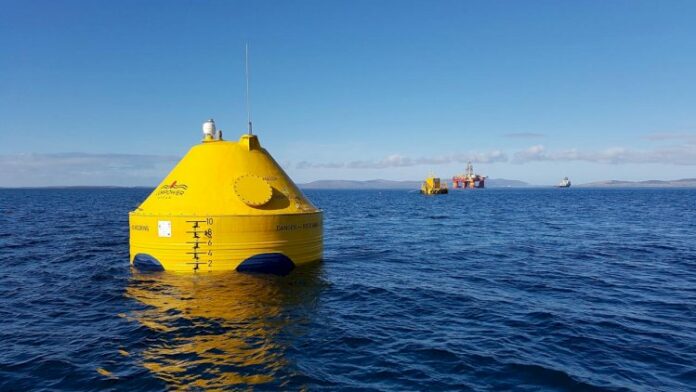CorPower Ocean becomes the latest renewables operator to adopt Mermaid® to assess weather risk and accurately plan its construction and operation and maintenance activities.
The Swedish wave energy developer will use the software to support enhanced decision-making in the early planning stages at the HiWave Demonstrator Project that will, ultimately, lead to significant long-term cost savings.
Developed by James Fisher Marine Services (JFMS), the software is one of the most sophisticated marine operation planning tools available, already used by the likes of Vattenfall and wpd in support of offshore projects.
Matt Dickson, project manager at CorPower Ocean, said:
“One of the challenges we faced as we enter our commercial stage was that we needed a tool to help accurately plan our installation and O&M procedures, from single a wave energy device to multi-device arrays, which Mermaid® will undoubtedly enable us to do. Another appealing feature of the software is being able to predict O&M costs for all of our different scenarios.”
Mermaid® increases understanding of the impact of weather and tidal forces by accurately simulating marine operations against historical data on a project’s schedule. As weather and sea conditions are often harsh, identifying opportunities to carry out offshore work can be difficult –so these accurate forecasts enable better planning, which in turn delivers large savings.
Adam Leonard-Williams, marine operations consultant at JFMS, said:
“We’re delighted to welcome CorPower Ocean to the Mermaid® user community. It’s been extremely interesting discussing their plans and seeing how our software can be best used to help with their projects and, ultimately, define costs.
I am very much looking forward to working closely with such a dynamic and ambitious company, in the shape of CorPower Ocean, and being part of the critical transition to secure a low carbon future.”



